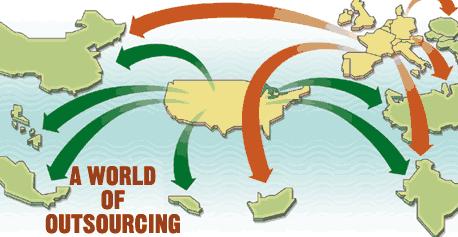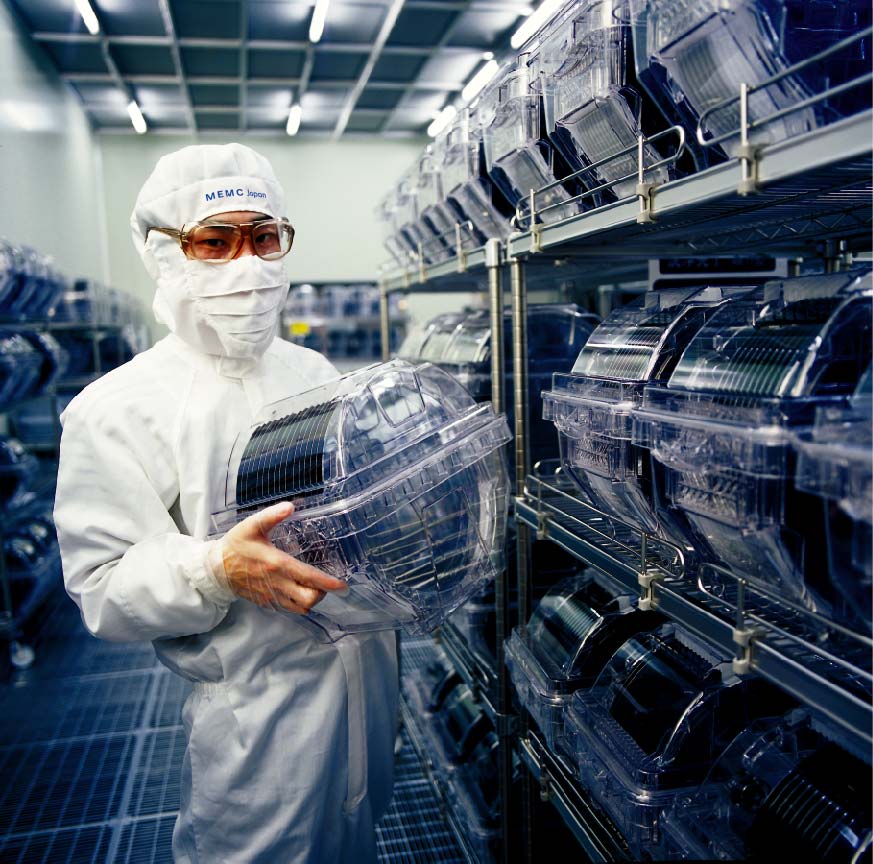By Lou CoveyEditorial Director
While outsourcing software and design development is a common practice, the idea of putting your company’s crown jewels into the cloud for a freelancer to monkey with tends to drive sales of anti-emetics. Can you safely allow virtual strangers to access your server, or should you just suck it up and overwork your employees?
That has been a continuous conundrum of the Electronic Design Automation Industry (EDA) and its customers in the embedded software and semiconductor industries. Larger companies, like Synopsys and Intel either use internal security paradigms in the collaborative tools or work with some of the big players, like IBM and OpenText. The costs of those tools however don’t always fit in the budget for smaller companies and can be a hindrance to outsourcing companies.
What makes the whole issue more difficult is that while companies readily admit is is an important issue, not many are actually willing to talk about what they are doing about it.
At the Design Automation Conference in San Francisco this week, there was a noticeable presence of companies stating they actually do provide for secure collaboration and were more than willing to tell you who they provided it for. One of the main players, OpenText, customers proudly proclaims their list of customers, including, in the electronics world, Alcatel-Lucent, Cirrus Logic and Renesas (see interview here).
Other players, like the recently funded Zentera, not so much. We visited Zentera’s booth at the Design Automation Conference and they were quite adamant about not saying anything substantial on the record, but their website touts a lot of partners, including Microsoft and Qualcomm.
Then you get into the realm of the EDA tool providers and the walls go up quickly. Mentor Graphics expressed surprise that one of their major customers, Qualcomm, was working with Zentera to provide secure collaboration. Synopsys and Cadence claim their own “cloud” solution, consisting of private servers stuffed in their headquarters building.
Dassault Systeme, on the other hand, was quite effusive about their Enovia collaborative platforms and focuses security according to roles, geography and hierarchy. Dassault is relatively new to the world of semiconductor design and is making a strong effort to differentiate itself from the “holy trinity” of Synopsys, Mentor Graphics and Cadence, and they have been miles ahead of the EDA industry on the issue of collaboration and security, simply because of their much broader range of customers including the mil-aerospace niches that require a standardized approach.
For third-party providers of design services these secure collaboration platforms can open doors for working with the most cutting-edge technologies that are often strapped for resources. Customers that want to integrate design environments from multiple sources can use them to integrate the external design teams into an all encompassing environment without giving up those aforementioned crown jewels. If the customer doesn’t want the additional expense, it might be worth the investment by outsourcers to adopt the collaboration platforms and work the cost into their services overall.

 away from one country in favor of another. As the practice has matured, it has become more of a zero-sum game as long as the participant realize it is best as a cooperative exercise.
away from one country in favor of another. As the practice has matured, it has become more of a zero-sum game as long as the participant realize it is best as a cooperative exercise. The hack and subsequent terror threat of Sony Pictures laid bare the inherent weakness of cyber security in the world. Even the most powerful firewall technology is vulnerable to the person with the right user name and password (credentials).
The hack and subsequent terror threat of Sony Pictures laid bare the inherent weakness of cyber security in the world. Even the most powerful firewall technology is vulnerable to the person with the right user name and password (credentials). New Tech Press has been looking at this trend for the past few months and will begin publishing a series of articles and interviews beginning this month and running deep into 2015. What has become clear is outsourcing falls into distinct groups: Multinational enterprises providing soup-to-nuts services for large customers, foreign national organizations targeting US and Europe corporations and “blended” suppliers that feature local management with foreign-based resources. The latter two often provide unique specialization in design and industrial niches, like security, automotive and web design.
New Tech Press has been looking at this trend for the past few months and will begin publishing a series of articles and interviews beginning this month and running deep into 2015. What has become clear is outsourcing falls into distinct groups: Multinational enterprises providing soup-to-nuts services for large customers, foreign national organizations targeting US and Europe corporations and “blended” suppliers that feature local management with foreign-based resources. The latter two often provide unique specialization in design and industrial niches, like security, automotive and web design.

 By Lou Covey
Editorial Director
By Lou Covey
Editorial Director